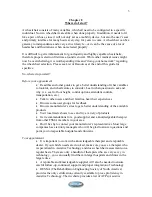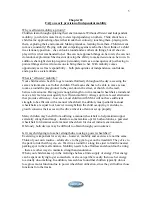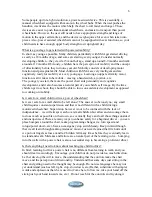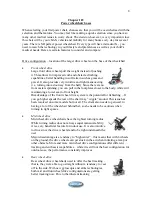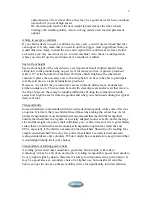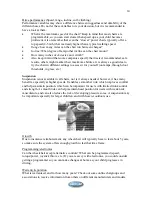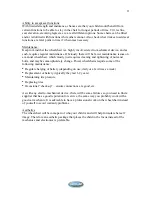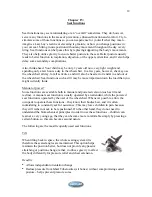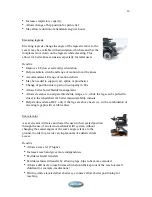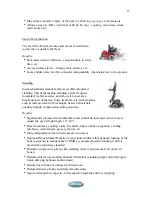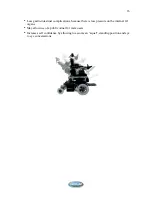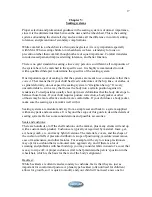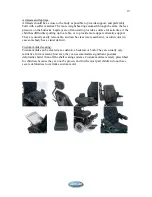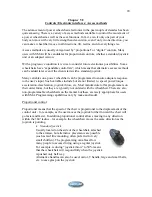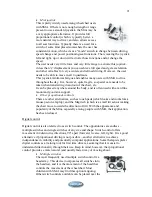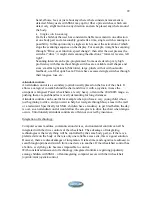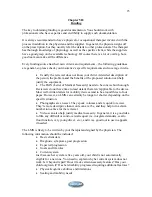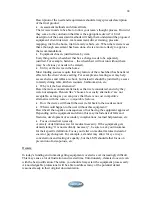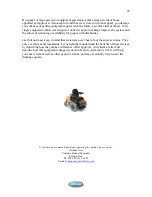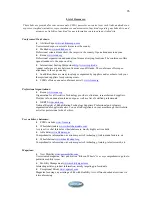
15
•
May reduce repetitive injury of the neck, by allowing eye to eye conversations
•
Allows access to ADLs (Activities of Daily Living) – cooking, microwave, sinks,
water faucet, etc.
Seat to floor function
The seat lifts off from the base and moves forward than
lowers the occupant to the floor.
Benefits:
•
Peer interaction for children – can participate in circle
time, etc
•
Access surfaces lower – therapy mats, shelves, etc.
•
Some children may be able to transfer independently when being low to the ground.
Standing
Some wheelchairs (manual and power) offer integrated
standing. This helps making standing a more frequent,
integrated, mobile exercise, and allows it to become a
functional part of the day. Some tradeoffs exist with standers,
such as increased seat to floor height, heavier wheelchair,
possibly slightly compromised sitting position.
Benefits:
•
Significantly increased environmental access (basically increased vertical access
equals the user’s thigh length: 10”-20”)
•
Reach to shelves, cooking, sinks, fire alarm, light switches, payphone, vending
machines, water faucets, grocery shelves, etc.
•
More independence due to better access to surfaces
•
Improved Bone Mineral Density (recent studies indicate that dynamic loading of the
bone is superior in maintenance of BMD as compared to static loading, which is
provided by stationary standers)
•
Reduction in pressure sores (when standing, there is no pressure at all on the sit
bones)
•
Reduction/delay of secondary skeletal deformities (standing helps extend the upper
trunk, delaying kyphosis and scoliosis)
•
Reduced occurrence of urinary tract infections
•
Reduced muscle atrophy and delayed contractures
•
Improved respiratory capacity, better speech, breathing and less coughing



